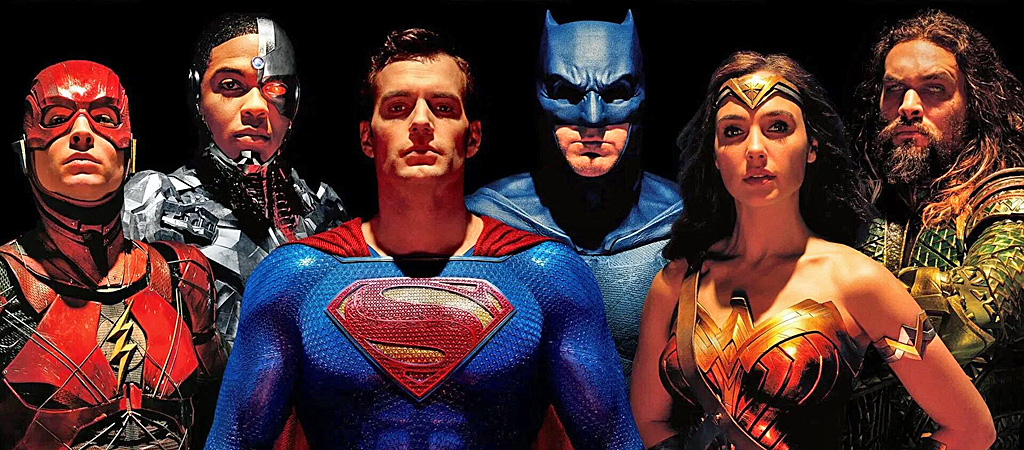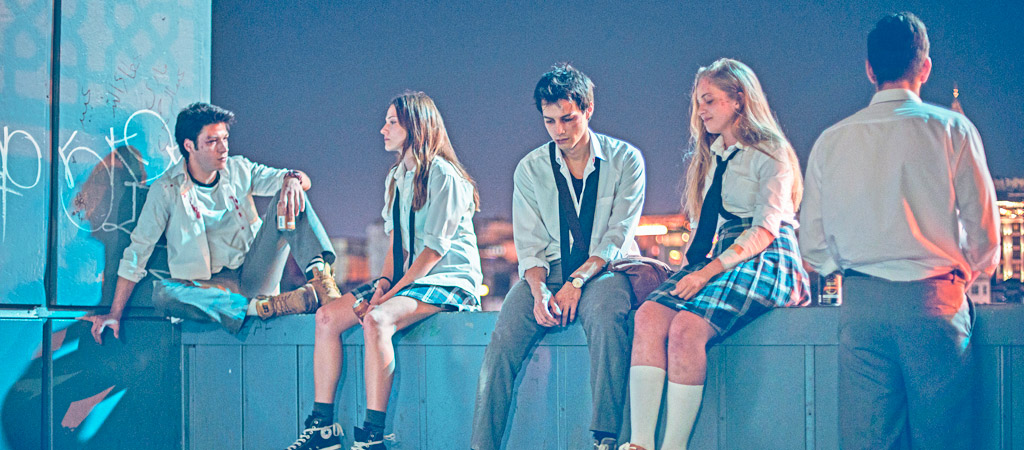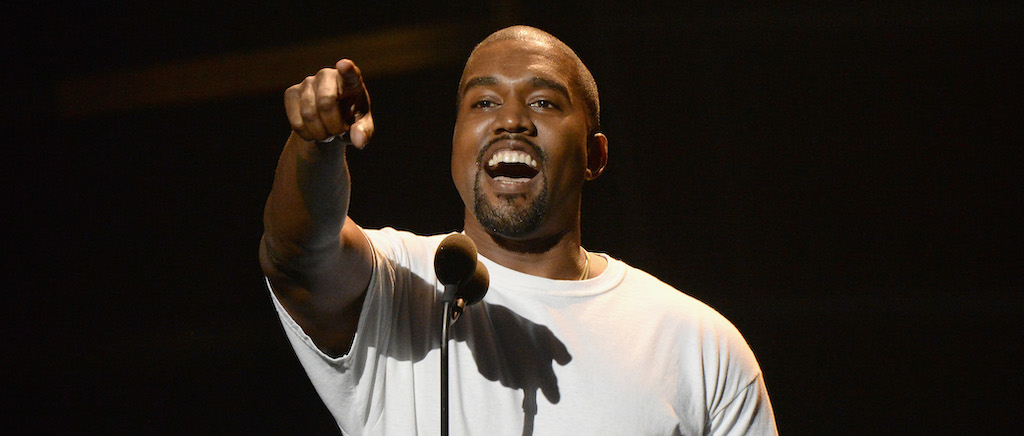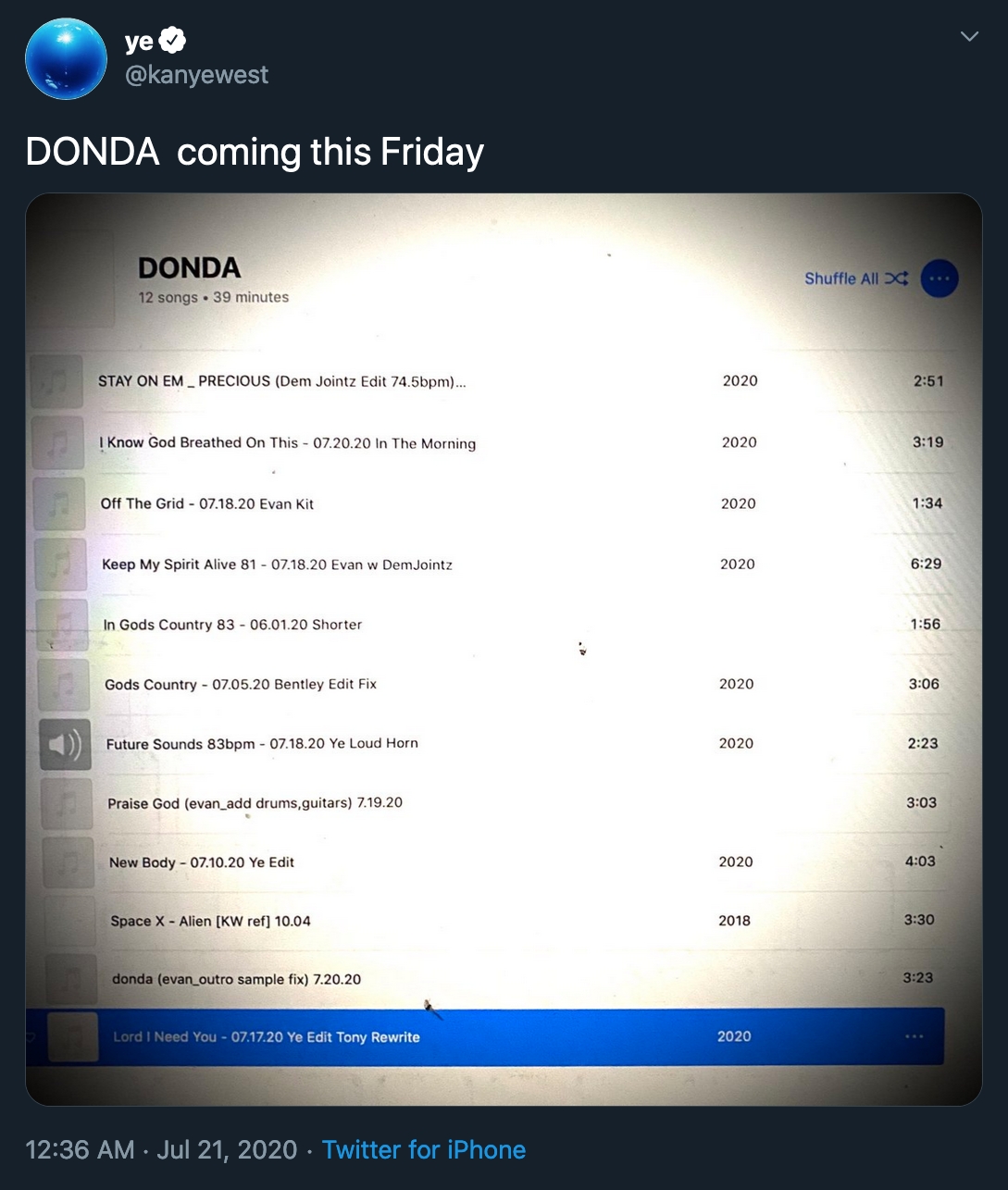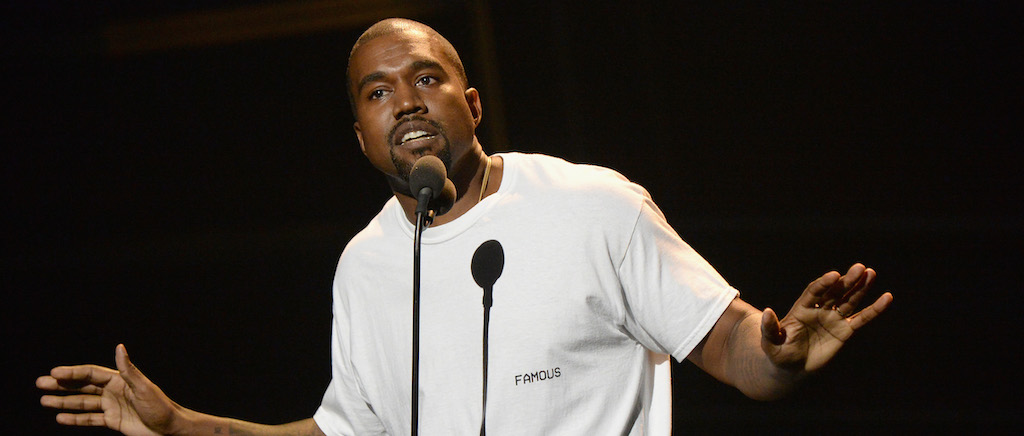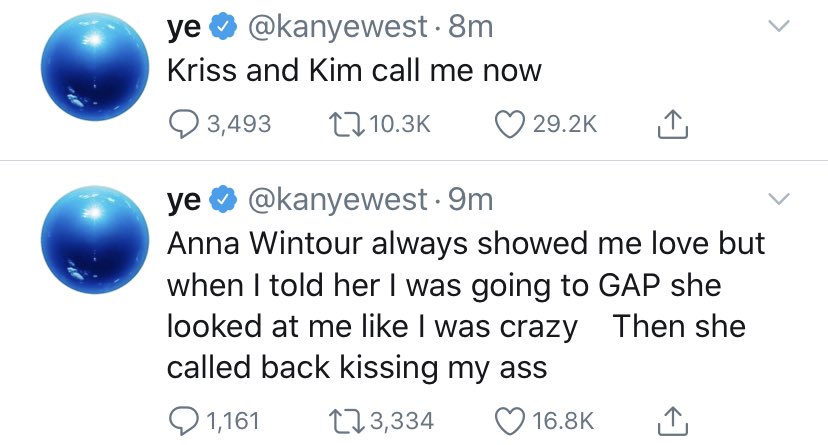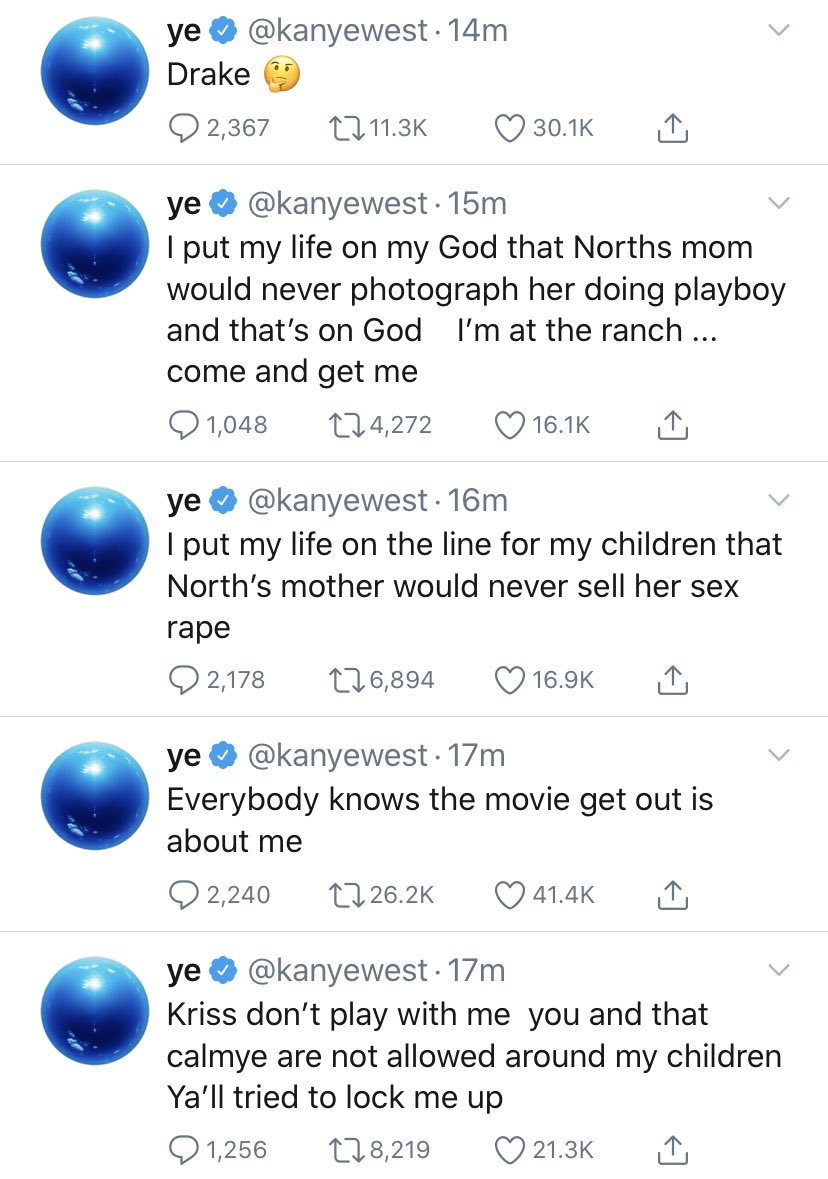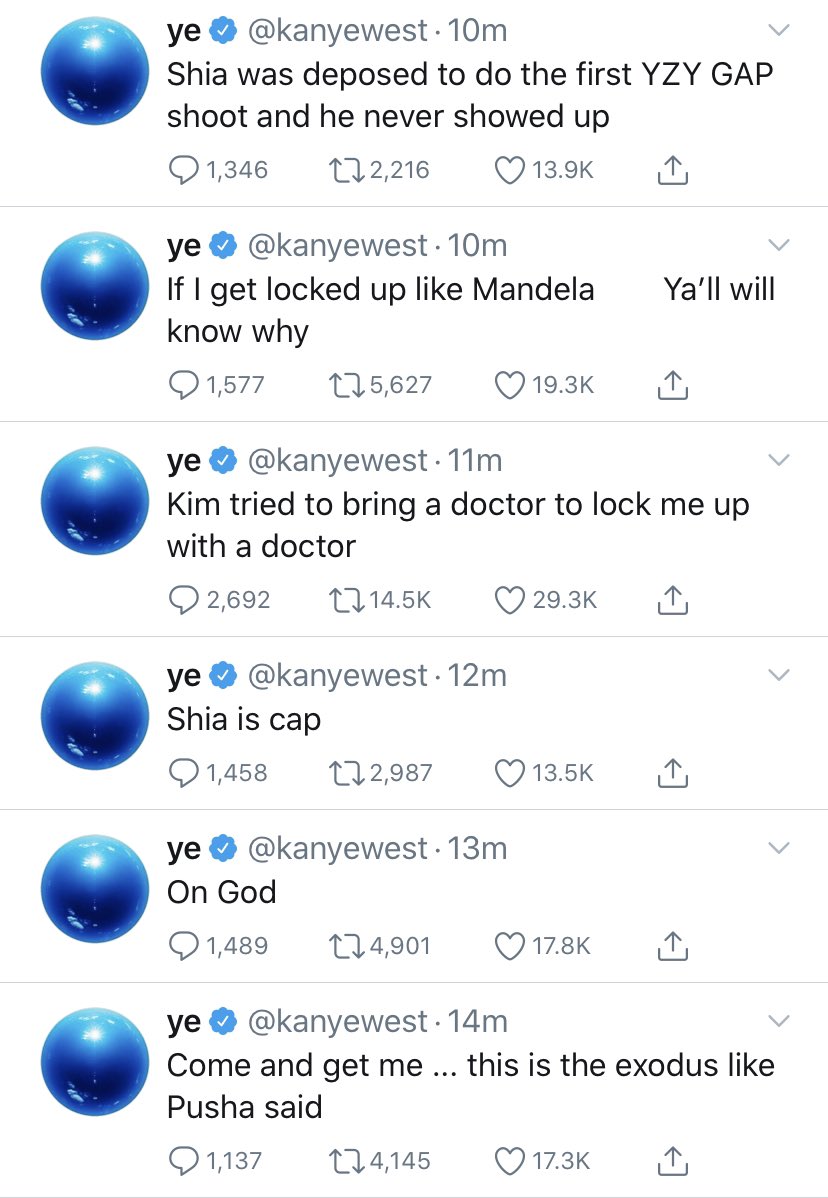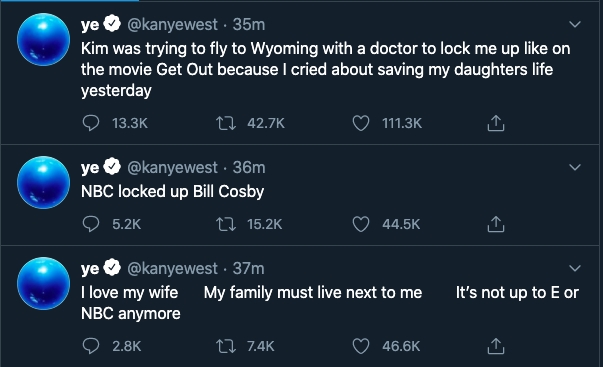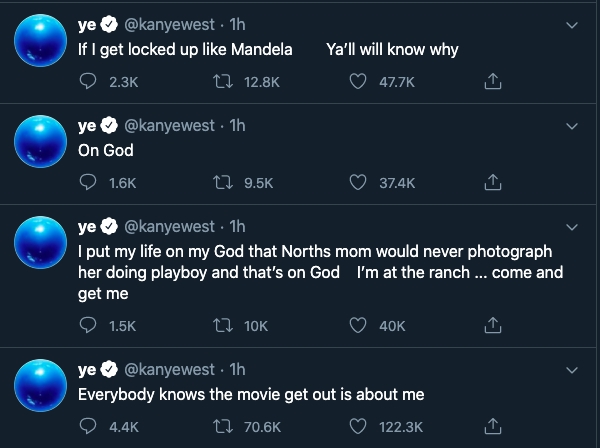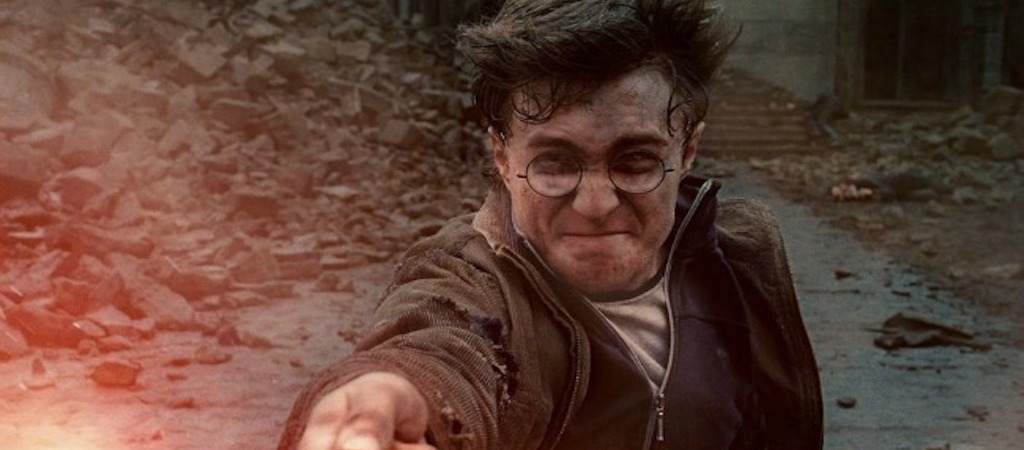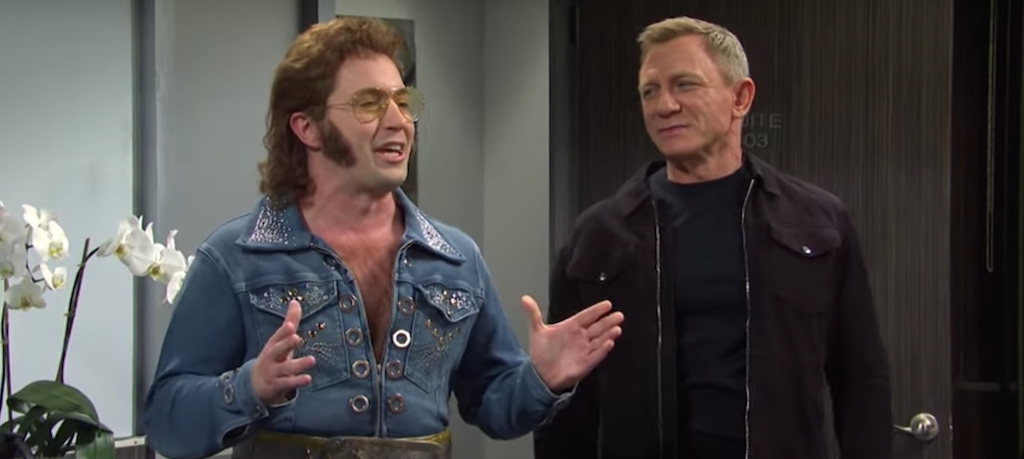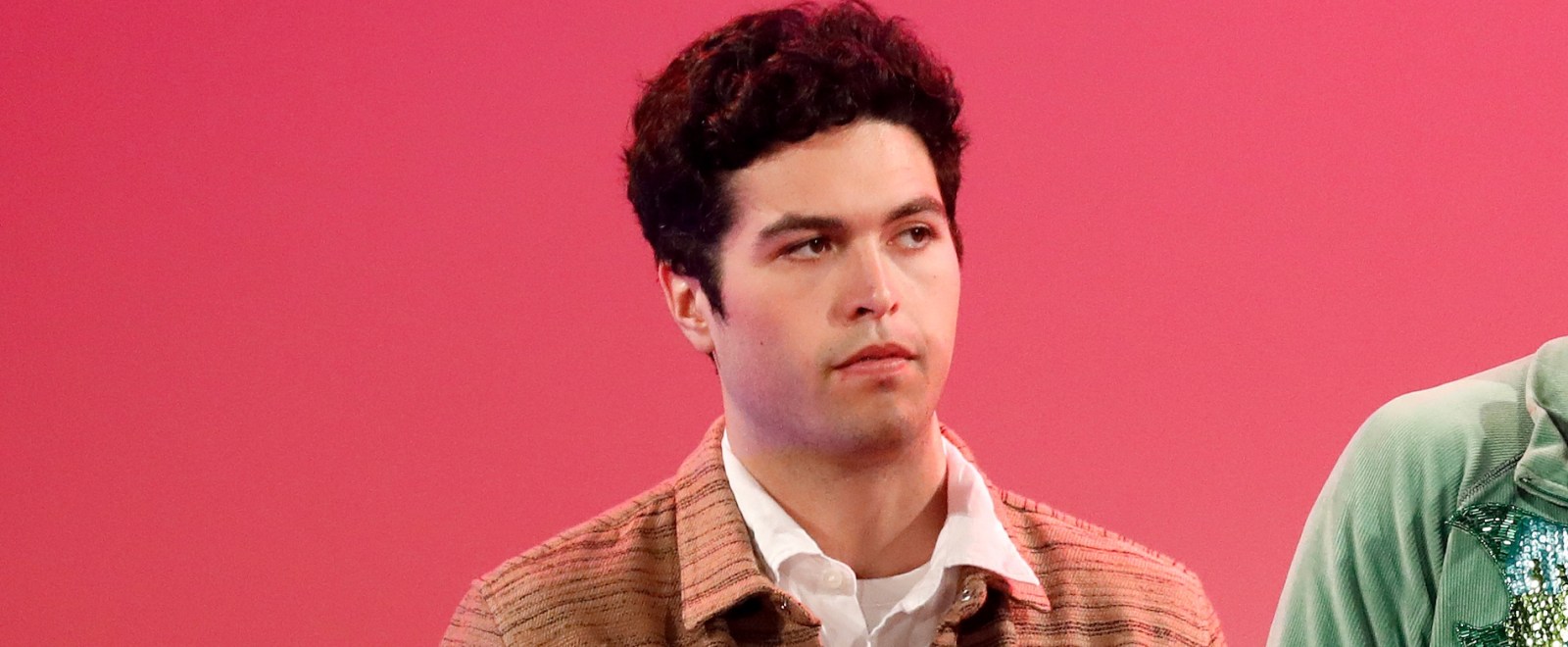
Burger Records, an esteemed indie label founded in 2007, is in the midst of a major controversy. Numerous sexual assault allegations have been made against the label and artists signed to it, and the label stands accused of “curating a culture built on pedophilic tendencies and teenage fetishization.” One of the most prominent acts involved is SWMRS, the pop-punk band featuring Joey Armstrong, the son of Green Day’s Billie Joe Armstrong.
In a lengthy Instagram post, The Regrettes’ Lydia Night accused Armstrong of sexual misconduct, calling the singer her “abuser” and alleging that he engaged in “emotional abuse and sexual coercion” with her.
Night began her statement:
“Over the past few weeks, I’ve read a lot of heartbreaking, disturbing and inspiring stories of abuse in the music industry that were brought to light by some very brave womxn. Yesterday, my abuser Joey Armstrong and his band SWMRS released an unbelievably hypocritical statement on social media that has pushed me to publicly share my story. This band’s delusional positioning of themselves as woke feminists is not only triggering for me as a victim, but is complete bullsh*t and needs to be called out. I’ve spent over a year processing and reflecting on my experience to try to find the right way to go about it. I was in a relationship with Joey that started when I was 16 and ended right before my 18th birthday. For so long I viewed it just as being toxic and not something valid enough to share but now I know that what I actually experienced was emotional abuse and sexual coercion by someone in a position of power over me. It’s important to me that Joey and his entire band are held accountable to fully understand that even though they may view themselves as ‘good guys’ they are continuing to perpetuate the exact toxic culture they are trying to call out.”
Night went on to describe how she and Joey met, saying he sent her messages on Instagram offering to take her band on tour with SWMRS. While on tour, the two formed a sexual relationship, when she was 16 years old and Armstrong was 22. She said Armstrong asked her to keep the relationship secret, which “created an isolating mindset where I constantly felt alone.” Night said she felt like Armstrong was “pressuring” her into “sexual situations,” noting, “Everytime we took a step sexually it was because he wanted to and made it clear either by putting my hand on his crotch, shaming me for saying I wasn’t comfortable, gaslighting me or ignoring me when I didn’t give my consent.”
She wrote towards the end of the message:
“It took me years to finally understand that I am a victim of abuse. When I started becoming sexual in my current relationship, there were multiple times where I felt extremely triggered and would cry in bed not knowing how to explain it. I’m still remembering traumatic events from Joey and I’s relationship 3 years later. It hit me hard and took a major toll on my self esteem. Last December, I tried to start the healing process by confronting Joey. Even though he interrupted me throughout the conversation, he seemed to somewhat take in what I was telling him and apologized. […] [SWMRS’ Cole Becker] dropped a handwritten apology letter from Joey by my house almost a week ago which was nice but didn’t address any of the abuse, my age, his position of power, or anything sexual at all. After yesterday’s social media post, Joey texted me to follow up on the letter which was a completely transparent attempt at feeling out what I was gonna do knowing the pure hypocrisy their statement held.”
Read Night’s full statement below, along with the SWMRS statement that prompted Night to speak out.
CW: abuse
(1/2) pic.twitter.com/ujiyxfMHs4— SWMRS (@swmrs) July 19, 2020
CW: abuse
(2/2) pic.twitter.com/xt5kB6LnAK— SWMRS (@swmrs) July 19, 2020
You can view the full statement here: https://t.co/d8416Tz5C7
— SWMRS (@swmrs) July 19, 2020

